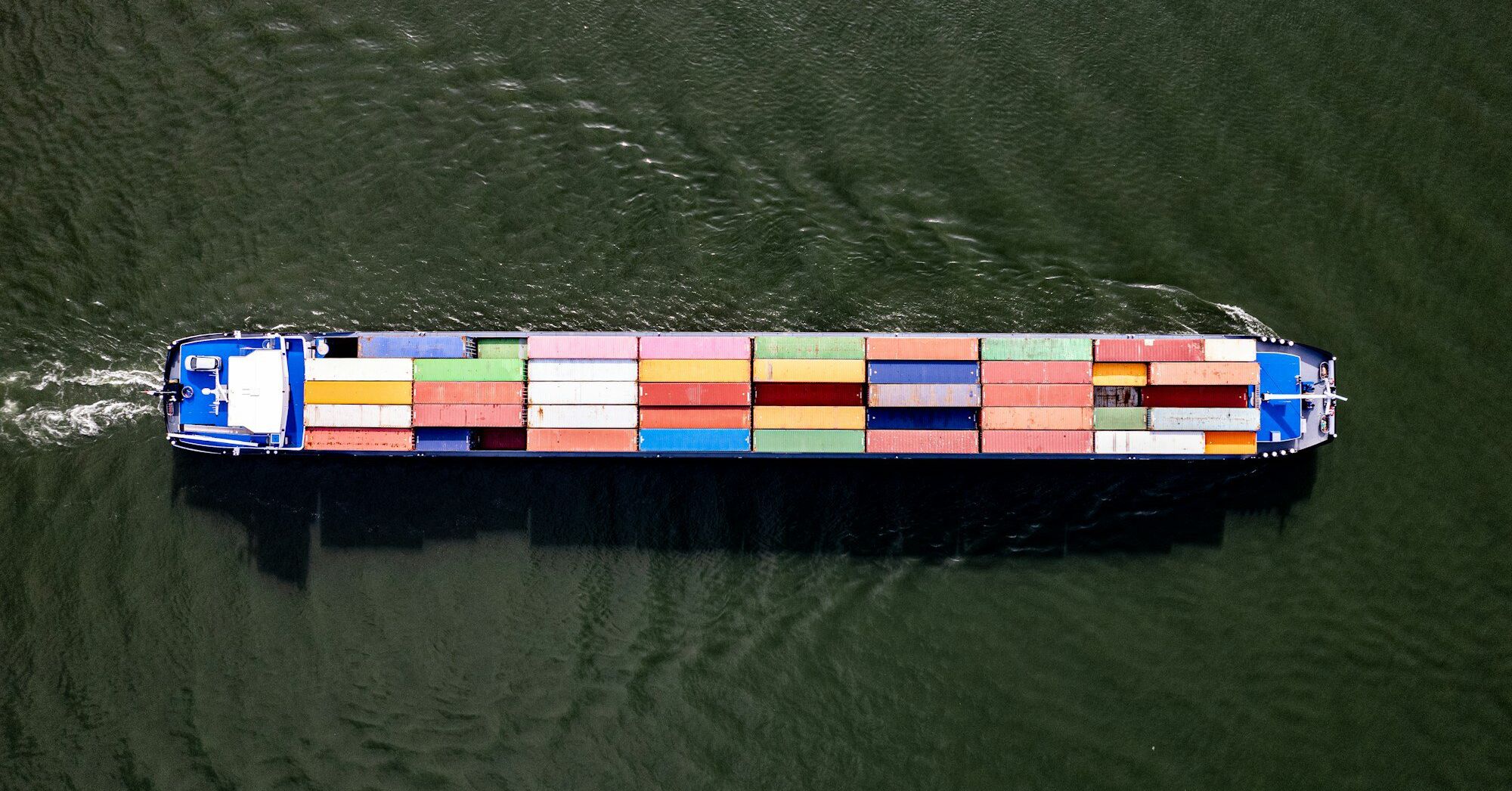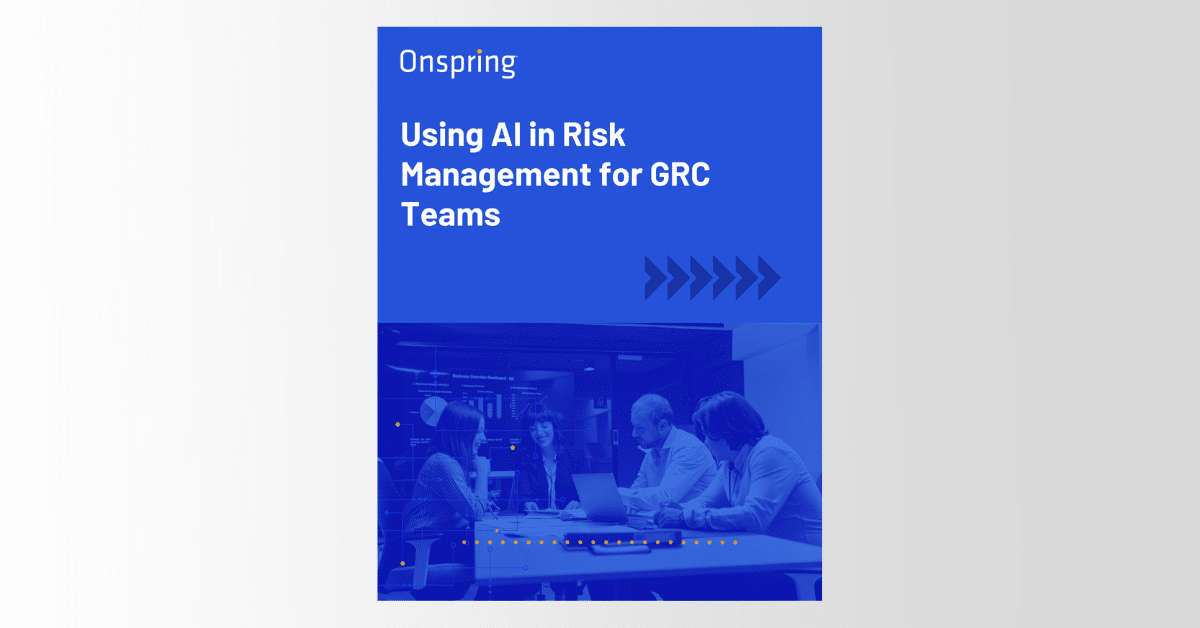Today’s supply chains face more business risks than ever. In fact, more than 43 percent of organizations experienced supply chain disruption due to third party failures last year. From natural disasters to supplier bankruptcy to geopolitical events, business disruptions aren’t just likely—they’re inevitable. With the overarching goal of protecting your business operations, de-risking, and keeping day-to-day business running smoothly, the best kind of insurance policy is the one you have in place when you don’t need it.
Drawing from strategies in the World Economic Forum’s report on Shared Intelligence for Resilient Supply Systems, we’re sharing ways you can create greater resilience through increased visibility in your supply chain operations.
Strategic Steps to Fortify Your Supply Chain Risk Management
1. Diversify Your Supplier Base
Relying on one or two upstream suppliers for critical parts is a risk. If there are quality issues or perhaps even counterfeit parts from those suppliers, your entire operation could come to a halt. Diversifying your supplier network across different regions and types of suppliers sources helps reduce potential vulnerabilities, giving you options if one supplier is compromised.
The semiconductor shortage that began in 2021 is a perfect example of what can happen when key supplies are too concentrated among vendors. The global chip shortage led to losses estimated at $210 billion for the automotive industry. That’s a 14 percent decline in just that one industry. Ford Motor Company, in particular, reported a production loss of approximately 1.25 million vehicles due to chip shortages, highlighting the risks of dependency on single-source components. The shortage also had ripple effects across consumer electronics, impacting smartphone and gaming console availability worldwide.
How to Diversify Suppliers:
- Identify Single-Source Suppliers: Determine any critical components where you rely on a single supplier or region.
- Expand Supplier Networks Across Regions: This reduces the risk of a location-based disruption impacting your entire supply chain.
- Test and Source Tier 2 Suppliers: Leverage an automated supplier assessment plan to develop reliable suppliers in case of disruption. You can also continuously monitor the suppliers your vendors rely on for added insight and flexibility.
2. Bring Suppliers Closer to Home
Bringing third-party vendors closer to your core markets, or nearshoring, can reduce risks related to long shipping routes, tariffs and global supply chain complexities. Nearshoring also allows you to respond to demand shifts more quickly and lowers overall logistics or 3PL costs.
The COVID-19 pandemic, with its myriad supply chain disruption stories, exposed the vulnerabilities of extended global supply chains. From 2019 to 2021, shipping rates saw a sharp increase. Container shipping costs surged by 500 percent, reaching an average of $10,400 for a 40-foot container by the fall of 2021. Shipping times also doubled, leading to costly delays for companies relying on distant suppliers. Nearshoring options reduce these risks, allowing businesses to respond faster to changing conditions with suppliers who are across the globe.
How to Adopt Nearshoring:
- Map Supplier Locations: Identify current suppliers that could be moved closer to your primary markets and distribution partners.

- Weigh Cost Savings Against Increased Production Costs: Nearshoring may increase production costs, but savings on shipping and tariffs might balance it out. Do the math and see what makes the most financial sense, considering that nearshoring also buys reassurance.
- Build Relationships with Regional Partners: Develop partnerships with regional suppliers to minimize dependence on overseas vendors.
3. Improve Visibility and Transparency Across Your Supply Chain
Having real-time insights into your supply chain goes a long way toward effectively managing disruptions and potential risk areas. With technologies like AI, attack surface intelligence, IoT, blockchain and predictive analytics, you can track and protect your supplies from origin to delivery, monitor inventory and quickly identify potential problems and company vulnerabilities.
Suppose a high-growth financial services company works with several suppliers, including a cloud storage provider, a payment processor and various software vendors. The company can use attack surface intelligence to assess the digital exposure of each third-party supplier on an ongoing basis, rather than relying solely on annual audits or questionnaires, which may or may not be properly completed.
Once you’ve gained this kind of intelligence, apply it within a crisis response playbook to organize proposed mitigation actions for both internal supply chain risks and external supply chain risks

How to Boost Supply Chain Visibility:
- Leverage Predictive Analytics: Use AI and machine learning to analyze patterns and anticipate demand shifts or potential delays.
- Use Real-Time Monitoring Tools: IoT sensors and RFID give real-time inventory updates, so you always know what’s where.
- Implement Tools for Improved Visibility: Set automated reminders and workflows for third-party risk evaluations, giving you real-time visibility into risk assessment findings, associated controls and corrective actions.
4. Build Contingency and Continuity Plans for Vendor Disruptions
Even with the best planning, disruptions happen. Contingency plans help you respond effectively, keeping your operations going while minimizing delays. This includes identifying backup suppliers, having alternative sourcing options, and setting up contingency and continuity plans and playbooks to stay prepared.
As a key component of an effective contingency plan, organizations are embedding and automating resilience into their procurement processes as a proactive measure. According to the 2024 BCI Supply Chain Resilience Report, over 75% of companies perform due diligence to ensure critical suppliers have robust continuity plans. In addition to creating and implementing continuity plans, it’s critical to regularly test and update plans.
How to Create a Business Continuity and Disaster Recovery Plan:
- Identify High-risk Suppliers and Components: Focus on parts or suppliers critical to your operation where a disruption would do the most harm.
- Set Up Backup Suppliers: Establish contracts with alternative suppliers for key components to ensure quick sourcing if a primary supplier fails.
- Conduct Drills and Simulations: As part of your business continuity plan, practice how you would respond to a disruption, making adjustments based on insights from these tabletop exercises.

Third-party risk management is about staying prepared and resilient, which is core to operational excellence. Diversifying suppliers, considering nearshoring, increasing transparency, and building strong contingency plans can make all the difference in avoiding delays, protecting revenue, and keeping customers satisfied. With these strategies, you’re not just mitigating risks—you’re setting your business up to handle inherent and residual challenges head-on.
If you’d like to quickly assess the maturity of your operations in terms of overall risk management and resilience, using efficiency gains and business value as the two axes, have a look at the maturity curve in this recent Q&A with Matthew Ancelin, principal solutions architect at SecurityScorecard.
By managing risk throughout the relationship—not just during certification—you can reduce vulnerabilities, retain operational integrity and enhance resilience. If you’d like to explore ways to further manage third-party risk in your supply chains, reach out to us and explore what’s possible.




